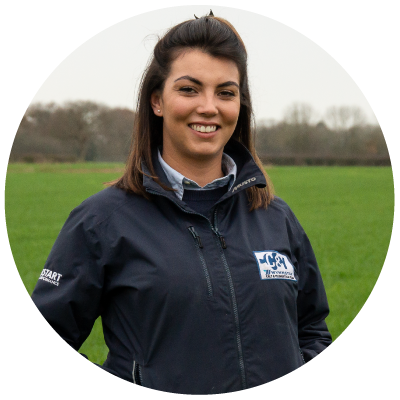The basic principle of machine feeding is that calves can enter and leave the feed station at will, but the feeding regime is controlled by computer technology. This technology allows a carefully controlled milk feeding program – with each calf individually identified and fed to their stage in the program. Most machines on the market can host 4 stations, allowing from 100-120 calves to be fed per machine. This would allow between 20-30 calves to be fed per station, there it is important to ensure space requirements per pen and high hygiene standards to reduce the risk of disease.
There are many machines on the marketplace including the H&L calf expert and Forster Technique Vario. When deciding which machine to go for it is important to go for a machine that has good engineer support, although there are minimal issues with machines someone to talk you through step by step is always reassuring.
Read more: Are Automated Feeders the Future of Calf Rearing?
Below are some things to consider when opting if an automatic feeder is the right options for your system:
- Machines should be calibrated ideally once a week or at least between every batch of milk replacer. Issues with calibration can result in calves been underfed or overfed.
- Majority of machines have a built-in cleaning cycle that should be set to run three times a day, in addition the machine will require manual cleaning which should be done at least weekly.
- Each station I would recommend having two teats that allows them to be swapped every 12 hours. Damaged or worn teats should be replaced immediately.
- The machine allows time spent feeding calves to maintain high levels of stockmanship. The EID technology will tell you when calves have drunk along with number of visits and drink speed.
- The machines can feed 20/30 calves per station, it is important to consider adequate space requirements per pen and ensure hygiene protocols are maintained.









